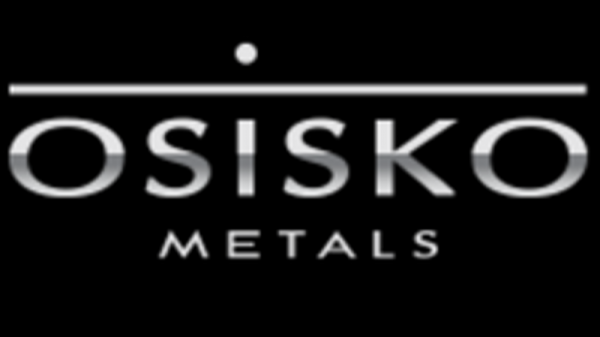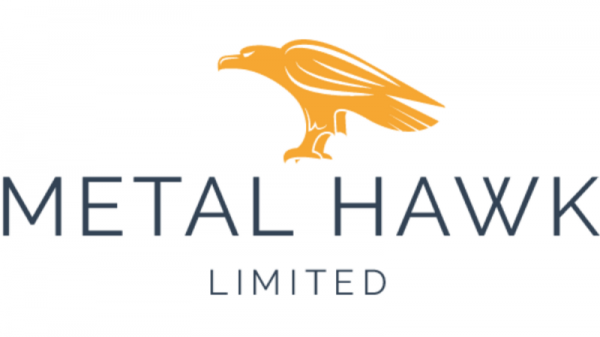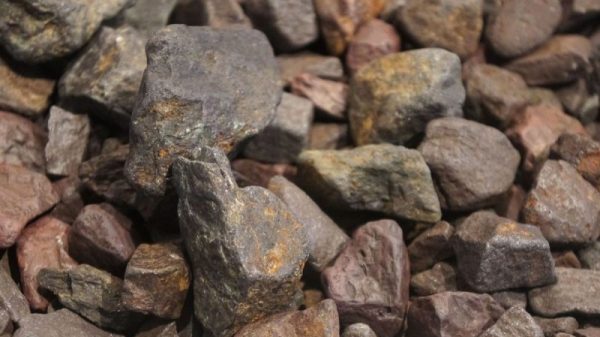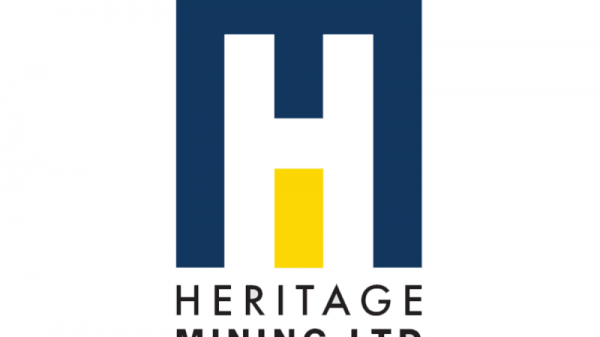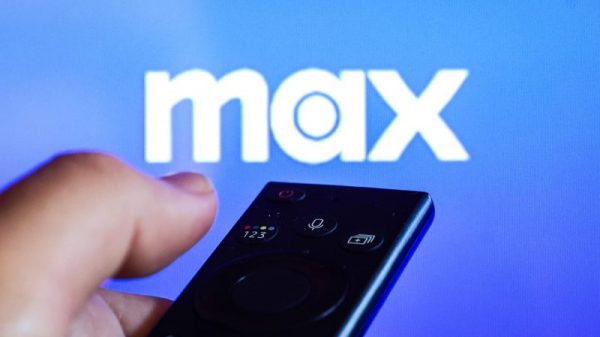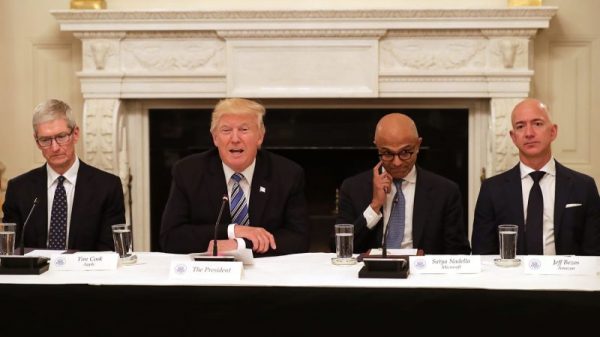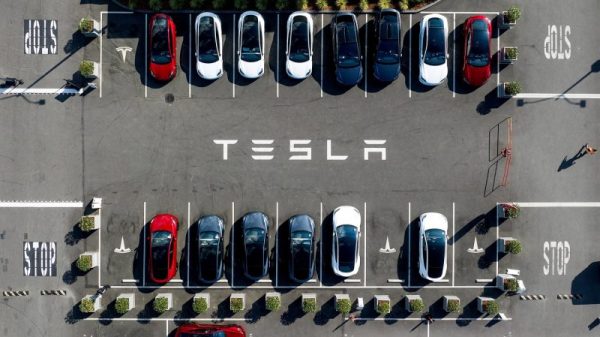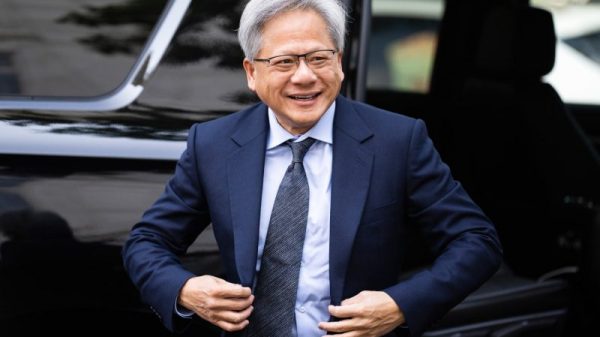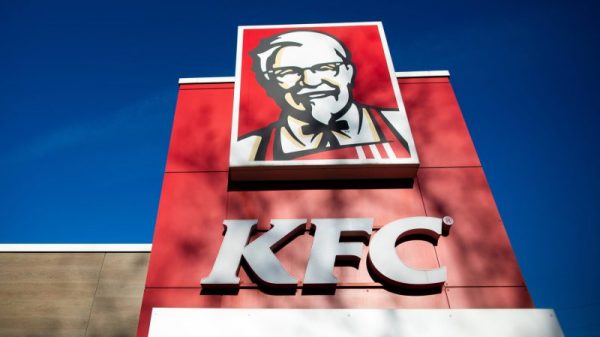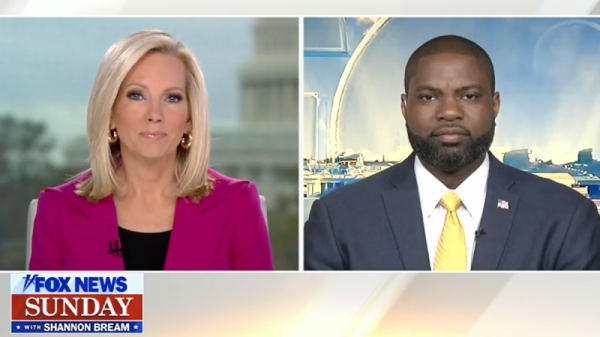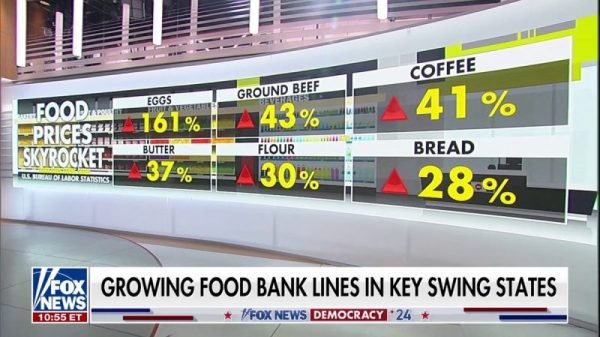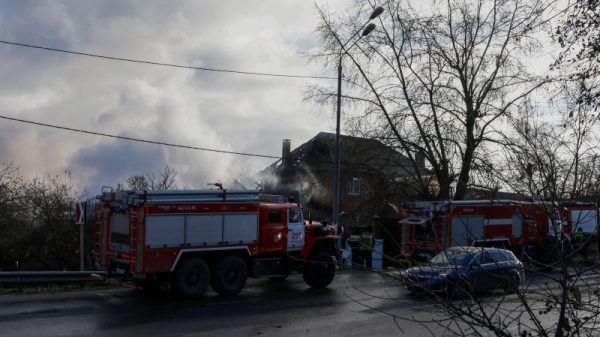Battery metals like graphite are becoming increasingly important for their role in battery technologies.
Both synthetic and natural graphite, in the form of spherical graphite, are currently used in the anodes of lithium-ion batteries, an end-use segment that continues to consistently grow its market share.
Market watchers and analysts are optimistic about graphite’s role in electric vehicle (EV) batteries for the foreseeable future; however, significant increases in supply out of China continue to keep prices for both types of graphite muted.
This trend continued during the first half of 2024 as graphite supply from China ballooned, adding headwinds to global prices for the battery metal and threatening capacity outside of the Asian nation.
During a graphite market overview, Georgi Georgiev, battery raw materials analyst at Fastmarkets, commented on China’s dominance in the space, saying that the country had a particularly strong role last year.
“China has been the main producer of natural graphite, especially in 2023. China accounts for almost 78 percent of the global supply for graphite, which in 2022 was different,” he explained.
“When the prices were going up, we were seeing more supply from Africa. But with the price collapsing at the end of 2022 and throughout 2023, we saw less supply coming from African projects and more supply coming from China.”
Indeed, China’s graphite output has exploded from 762,000 metric tons (MT) in 2020 to 1.2 million MT in 2023. Most of its increased capacity is coming from state-owned companies and one region in particular, Heilongjiang province.
Altogether, as much as 94 percent of global graphite mine supply is coming out of the Asian country at the moment, with that number growing to 99 percent when looking at spherical graphite supply.
Chinese graphite production saturating market
Graphite prices have retreated and remained depressed with the rise of Chinese production of the battery metal, making it challenging for miners outside of China to keep their projects economically viable.
‘It’s been especially difficult for projects in North America, where we actually have only one operating mine,” said Georgiev. “And also for the graphite mines in Europe and in South America.”
Although margins are tight due to growing Chinese supply, Northern Graphite (TSXV:NGC,OTCQB:NGPHF), the operator of the Québec-based Lac des Iles (LDI) mine — currently North America’s only graphite mine — reported record-setting sales volumes and revenues in its most recent quarterly results, which came out at the end of May.
“While we are pleased to be able to report record sales volumes and revenue in the first quarter amid strong demand from our customers that started in the second half of last year and has continued this year, clearly there is more work to be done to support our growth catalysts,” said CEO Hugues Jacquemin.
He went on to outline the company’s growth strategy, noting that production at LDI has been insufficient to sustain cashflow, requiring external financing and inventory sales. To address this, Northern Graphite is increasing LDI’s output to 25,000 MT per year to meet demand from EV sales, Chinese export controls and US tariffs.
As part of its ambitions, Northern Graphite launched the NGC Battery Materials Group in late January to advance its mine-to-battery strategy, becoming one of the few integrated developers of natural graphite outside China.
The group was formed by acquiring the assets and R&D team from Germany’s Heraeus Group, including a state-of-the-art lab in Frankfurt. Northern Graphite also licensed Heraeus’ Porocarb technology to enhance energy storage efficiency.
The NGC Battery Materials Group will focus on material analytics, electrochemical characterization and high-temperature processing, providing customized solutions to EV battery makers and OEMs. The group will also develop the 200,000 MT per year Baie-Comeau battery anode material facility, slated to start construction in 2026, pending financing.
According to Northern Graphite, the facility will be modular and tailored to OEMs and EV battery makers, focusing on graphite milling, shaping, classification, purification and coating.
This project and several in Africa will help diversify supply away from China over the longer term, said Georgiev.
Synthetic graphite supply growing thanks to China
The synthetic graphite market is also seeing significant impacts due to increased supply.
Enhanced graphitization capacity in China has led to a surplus of synthetic graphite, diminishing the sector’s dependency on natural graphite. As a consequence, the utilization rate of synthetic graphite in battery anodes has risen to 85 to 90 percent, up from the usual 70 percent; meanwhile, natural graphite usage has lessened.
“Natural graphite anodes used to have the advantage of lower costs to offset the disadvantages, such as poor compatibility with electrolytes, poor cycling stability, faster decay, and battery swelling. But the cost-effectiveness of the natural graphite anodes for some low-end lithium-ion batteries is gradually decreasing with plunging, alongside tumbling synthetic anode prices,” Fastmarkets states in a report published in April.
In Europe and North America, the synthetic graphite market is largely controlled by petroleum producer Phillips 66 (NYSE:PSX), a global manufacturer of specialty coke, a precursor to synthetic graphite used in battery anodes.
As Georgiev explained, Phillips supplies the majority of European synthetic graphite demand and has 200,000 MT of capacity in the US. “Meaning that even if you tried to diversify supply away from Chinese suppliers, you end up with getting your supply from only one supplier outside, which is very complicated for the industry,” he said.
The process of creating synthetic graphite from specialty petroleum coke is energy intensive and complicated, Georgiev noted, adding that in the last five decades no new synthetic graphite producers have emerged.
“It is a very difficult process, it is very difficult to produce,” he said. “So it’s very difficult to add new capacity.”
He went on to explain that some of the market’s production capacity relies on operations that are very old and tend to require long periods of maintenance, making their supply status precarious.
“For example, last year the (Humber) refinery Phillips 66 operates in England went (offline) for four months for maintenance, which took supply out of the market,” he said.
Graphite sector facing mounting geopolitical tensions
In addition to the usual supply and demand dynamics that move resource sector markets, graphite’s status as a critical mineral has made it somewhat of a political pawn between China and the US.
In October 2023, China announced plans to impose new export restrictions on certain graphite products.
Chinese exporters were told that starting in December 2023, they would have to obtain permits to ship ‘high-purity, high-hardness and high-intensity synthetic graphite material and natural flake graphite and its products,” Reuters states.
To counter, in early May of this year, the Biden administration gave OEMs notice that they would be given two years to find suitable and sustainable sources of battery anode material, including graphite, outside of China.
Days later the US doubled down, announcing it would raise tariffs on foreign EVs and batteries.
“The tariff rate on natural graphite and permanent magnets will increase from zero to 25 percent in 2026,” the statement reads. “The tariff rate for certain other critical minerals will increase from zero to 25 percent in 2024.”
As Georgiev pointed, out the two year grace period was the result of North American OEMs that “stated and made it clear to the administration that there is no way to find alternative material now.”
“Actually, it’s very questionable whether sufficient alternative material will be available in 2027 as well,” he said.
While OEMs and Georgiev remain skeptical, Northern Graphite is optimistic.
“This is really good news for us as we extend the life and production capacity of our LDI mine in Québec this year and increase the availability of natural graphite for the North American market,” said Jacquemin. “We are executing on our main growth catalysts and preparing the company to be a key graphite supplier to industrial customers and Lithium-Ion battery makers as they turn to local production, and away from China, to fulfill their needs.”
It is estimated that the US imports 42 percent of its graphite supply from China.
Natural graphite substitution could widen imbalance
Prices for natural graphite could face more headwinds as demand shifts to the synthetic market.
Currently, the synthetic graphite market is pressuring the natural graphite sector due to increased use by anode producers, which are looking for lower costs and better performance.
As synthetic graphite has become more prevalent, it has come to account for 90 percent of the graphite used in lithium-ion battery anodes. Natural graphite products have also been negatively impacted by China’s export controls.
These trends, coupled with oversupply and declining prices, have led to reduced demand for natural graphite, causing the market to struggle more compared to synthetic alternatives.
According to the International Energy Agency (IEA), battery demand for synthetic graphite has grown to represent 40 percent of supply, and is expected to balloon to 55 percent by 2040.
Like Georgiev and the OEMS, the IEA sees building graphite capacity outside of China as challenging.
In its Global Critical Metals Outlook, the agency highlights that projected supply of critical materials outside China is expected to fall significantly short of demand. While early stage projects in the US, Korea, Saudi Arabia, India, Norway and Finland could help bridge this gap, the anticipated supply is still likely to be insufficient to meet requirements.
“This indicates that achieving the diversification ambitions outlined in recent policy measures would be highly challenging without significant efforts to expedite the development of projects in geographically diverse regions,” the report reads.
“These projects would, however, need to move ahead amid strong competition from incumbent players and significant announced overcapacities in China, which may require strategic and co-ordinated support from governments.”
Securities Disclosure: I, Georgia Williams, hold no direct investment interest in any company mentioned in this article.

